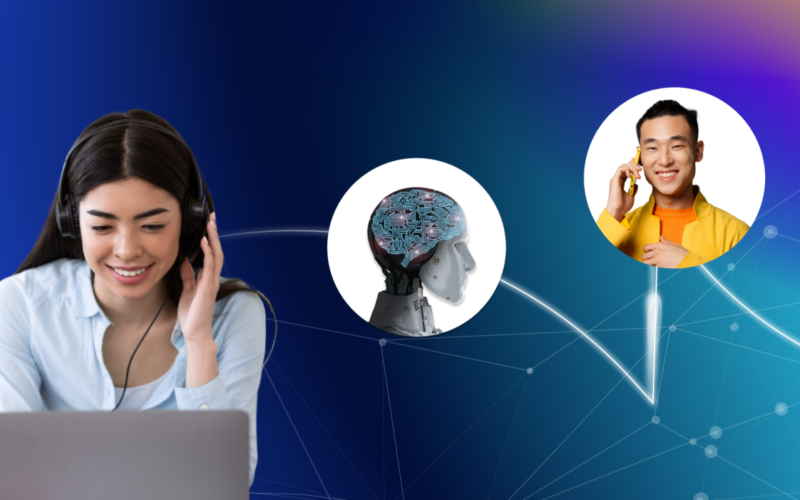22
Nov
Modern businesses operate under the pressure of high-expectation lifestyles. Customers expect better efficiency and personalization in one click. But honestly, human agents are only human. They cannot be everywhere at the same time, and at times, they need help. That’s when Conversational AI enters the play, it is the game-changer in transforming the customer experience. You may hear about chatbots or virtual assistants, but conversational AI is a few steps ahead of them. It’s no longer about answering simple questions, it’s more about having the interactions that feel and sound more natural, helpful, and seamless. So let’s see how exactly…


